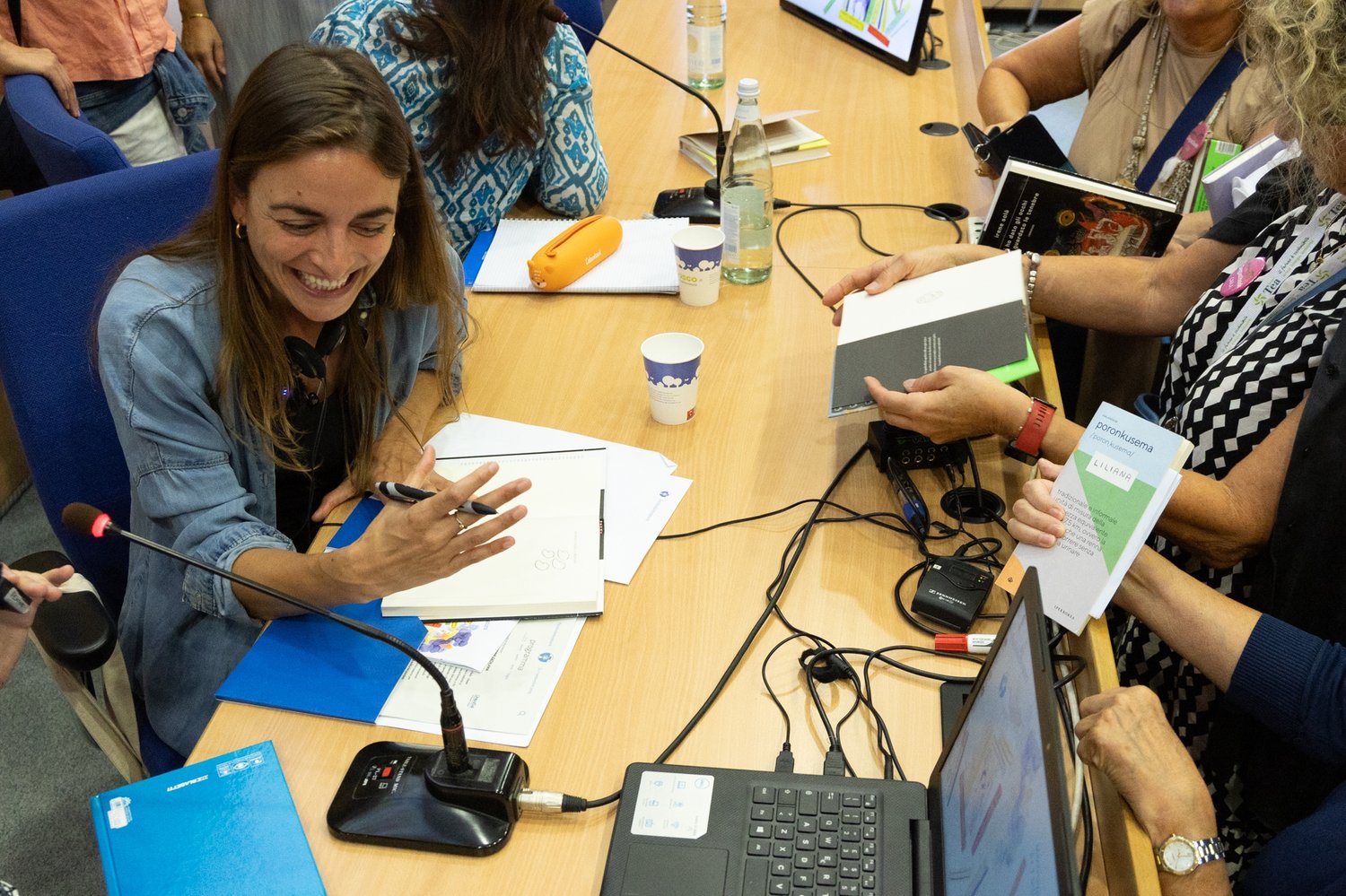



Voices of Memory and Landscape
The Catalan writer Irene Solà arrived at this year’s Festivaletteratura to present her new novel Et vaig donar els ulls i vas mirar les tenebres. Born in Malla, near Barcelona, Solà has quickly established herself as an innovative author who explores how Catalan folklore, myths, and the land itself intertwine, crafting narratives in which memory cannot be separated from place.
For Solà, la terra (“the land”) is fundamental. In her interview, she highlights how oral traditions are not only sources of inspiration but also tools to understand the essence of a territory. She reflects on the pleasure she finds in listening to stories, reading them, and then meditating on the ways they reveal the multiple layers of a place. According to Solà, a landscape in itself contains many stories, stories that have unfolded across the same ground over time. In her view, the natural world is never silent but charged with memory and narrative.
This sensibility is especially present in her celebrated novel Canto jo i la muntanya balla, which brought her international acclaim. The book is a daring experiment in perspectivism and narrative form. Each chapter is told through a different voice, ranging from human characters to animals, spirits, witches, and even mushrooms. Through this polyphony of voices, Solà captures the richness of storytelling traditions and the intimate connection between community, land, and orality.
In her latest novel, Solà combines the material and the bodily with the world of spirits and ghosts. Here, perspectivism emerges through the voices of dead women who narrate parts of the tale. The story follows an elderly woman on the day of her death as she encounters these spectral presences, each offering their own histories. Solà emphasises the importance of giving voice to women who have been forgotten, marginalized, or even absent. Through these women’s stories and memories, a connection is established between the living and the dead.
Solà is asked to conclude by reflecting on her creative process, which is shaped by her background in visual arts. She approaches writing with the same methodology applied in contemporary artistic practice: research, experimentation, and a focus on the act of creation itself rather than the final product. For Solà, the joy lies in learning, questioning, and playing within the process. This openness allows her to create a mosaic of voices and perspectives resulting in stories that feel both daring and profoundly original.